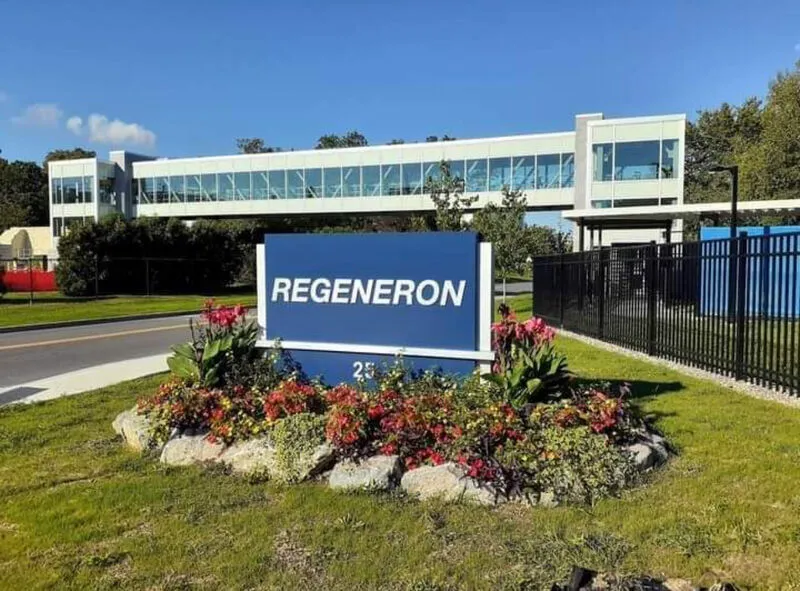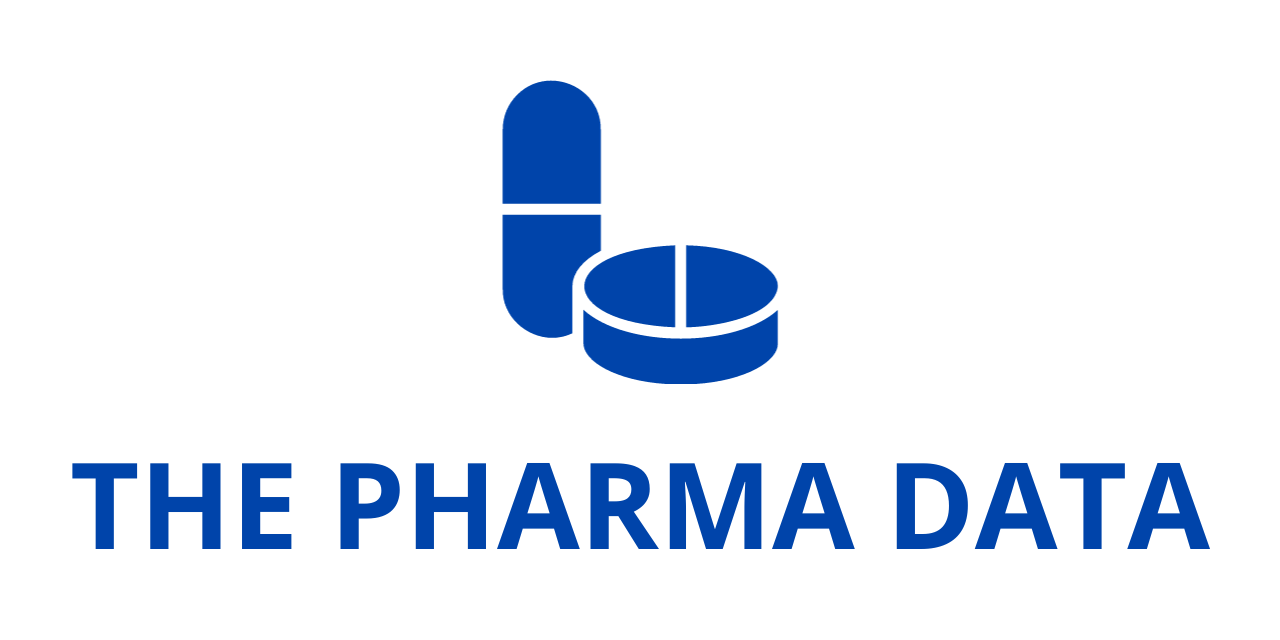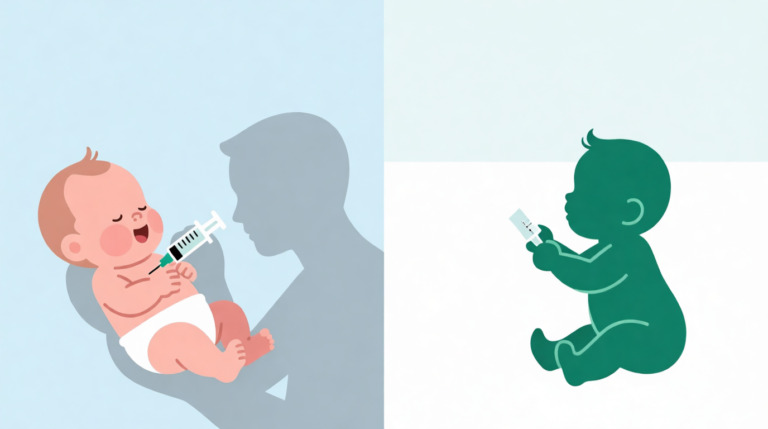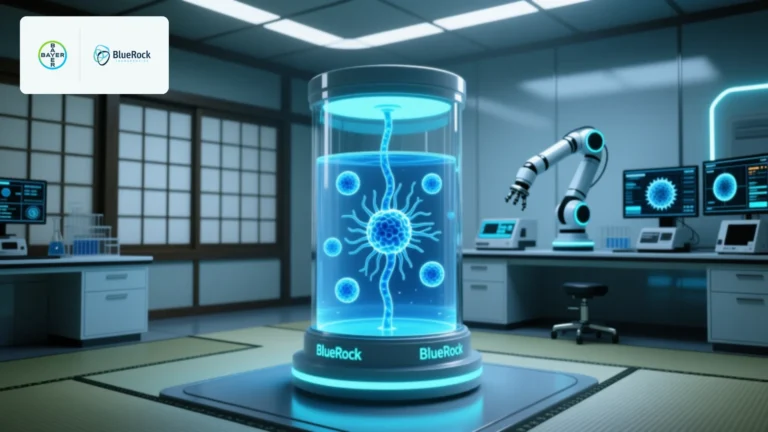
Global Youth Scientists Shine at 75th Regeneron ISEF, Sharing Over $9 Million in Prizes
In a celebration of youthful brilliance, scientific curiosity, and international collaboration, the 75th Annual Regeneron International Science and Engineering Fair (ISEF) awarded over $9 million in scholarships and prizes to the world’s most promising high school scientists. Hosted by Regeneron Pharmaceuticals, Inc. (NASDAQ: REGN) in partnership with the Society for Science, the 2025 competition marked a historic milestone in its storied legacy as the world’s largest and most prestigious science and engineering fair for pre-college students.
Among the standout achievers was 19-year-old Adam Kovalčík from Dulovce, Slovakia, who earned the event’s highest honor—the $100,000 George D. Yancopoulos Innovator Award. His innovative work on simplifying and reducing the cost of producing galidesivir, an investigational antiviral drug, drew global acclaim for its potential to reshape how antiviral medications are made, studied, and accessed.
Held across two days of award ceremonies—Special Awards on May 15 and the Grand Awards on May 16—the fair welcomed nearly 1,700 finalists hailing from 48 U.S. states and more than 60 countries, territories, and regions. These young researchers competed across a spectrum of scientific disciplines, bringing with them projects that addressed some of the world’s most pressing challenges—from climate change and public health to robotics and artificial intelligence.
Adam Kovalčík’s Breakthrough: Redefining Antiviral Drug Production
Kovalčík’s project, which earned him the Innovator Award named in honor of Regeneron’s co-founder and Chief Scientific Officer Dr. George D. Yancopoulos, centered on optimizing the synthesis of galidesivir, a drug showing promise in combatting a wide range of viral infections. Traditionally expensive to produce and requiring 15 synthesis steps, galidesivir’s high production cost—estimated at $75 per gram—limited its accessibility and scalability.
Kovalčík ingeniously redesigned the synthesis process by starting with corn husk waste, an inexpensive and sustainable raw material. His approach cut the number of steps to 10 and doubled the yield, reducing the cost to an estimated $12.50 per gram. His process not only lowers the financial barrier to producing galidesivir but also opens doors to more efficient development of other antiviral agents, including one novel compound he created that may outperform galidesivir.
Young Scientist Awards Recognize Innovative Minds in Environmental Health and Engineering
Two additional students were honored with the $75,000 Regeneron Young Scientist Awards, each for projects that tackled urgent environmental and health issues with striking creativity.
Sixteen-year-old Benjamin Davis from Wrentham, Massachusetts, developed a compact desktop recycling system capable of repurposing 3D printer waste and household plastics into new filament. With 3D printing growing rapidly in popularity, especially among students and hobbyists, Davis’ device addresses a mounting waste issue—up to 67% of filament used in printing is discarded. By combining pultrusion and extrusion processes, he boosted recycling efficiency by 45%. His design is user-friendly, cost-effective—90% cheaper than commercial models—and produces high-quality output, making plastic recycling more accessible to a broader audience.
Fellow award recipient Siyaa Poddar, also 16, from Chandler, Arizona, engineered a low-cost and portable air quality monitoring system. Her innovation is particularly relevant in the U.S. Southwest, where toxic silica and uranium dusts from long-abandoned mines endanger public health, particularly on Indigenous lands. Poddar’s detectors rely on color-changing chemical reactions and a stabilizing molecular framework to provide rapid, accurate readings of airborne toxins. Her solution addresses a crucial gap in environmental monitoring—affordable, real-time air quality testing.
Engineering Hope: Brain-Controlled Prosthetics Win Gordon E. Moore Award
Three students from Texas—Samuel Skotnikov (17), Chanyoung Kim (16), and Eeshaan Prashanth (16)—received the prestigious $50,000 Gordon E. Moore Award for Positive Outcomes for Future Generations for their invention of a brain-controlled prosthetic leg, named Neuroflex. Their design interprets brain signals using an EEG headband to guide movement, offering users a more natural and intuitive experience. The prototype demonstrated a 98% accuracy rate in predicting motion, while the innovative ankle design improved flexibility and gait.
By working closely with an amputee peer, the team personalized their design to alleviate the uneven stress distribution common in standard prosthetics. Their research not only advances biomechanical engineering but also holds promise for lowering the cost and improving the quality of life for prosthetic users worldwide.
Celebrating Global Ingenuity and the Power of Science
Now celebrating its diamond jubilee, Regeneron ISEF continues to serve as a global platform for rising scientists to share discoveries and ignite lifelong passions. Since Regeneron became the title sponsor in 2020, the company and the Society for Science have reached over 3.2 million students through STEM programming, well surpassing their initial 2.5 million student engagement goal by 2025.
“Congratulations to the winners of this year’s Regeneron International Science and Engineering Fair,” said Maya Ajmera, President and CEO of the Society for Science. “I am deeply inspired by the creativity, passion, and dedication of the finalists from around the world. Adam’s research on antiviral medicines showcases the transformative power of science and its potential to improve human health on a global scale.”
Dr. George D. Yancopoulos, for whom the top Innovator Award is named, echoed these sentiments: “My own science fair experience changed my life. Seeing today’s finalists challenge conventions and explore new frontiers reminds me that these young scientists are the trailblazers of tomorrow.”
Additional Distinguished Honorees
Several other exceptional finalists received major awards for their groundbreaking projects:
- XinYan Chen (17, San Gabriel, CA) earned the $10,000 Craig R. Barrett Award for Innovation for creating a formaldehyde-destroying material embedded in a mobile detector. Her low-cost device both measures and neutralizes the harmful chemical, cutting indoor pollution levels by nearly 90% over 18 hours.
- Aleksandra Petkova (18, Sofia, Bulgaria) was awarded the $10,000 H. Robert Horvitz Prize for Fundamental Research. Her study on the relationship between a ship’s wake and its velocity offers valuable insights into maritime energy efficiency, using real-world observations and experimental validation to guide optimal travel speeds.
- Cory Seelenfreund (17, New Rochelle, NY) received the $10,000 Peggy Scripps Award for Science Communication. His project used mathematical modeling to explore memory’s impact on decision-making within the Prisoner’s Dilemma, with implications for AI-human interactions.
- Uma Sthanu (17, Austin, TX) was awarded the $10,000 Mary Sue Coleman Award for Life Science Innovation & Impact for her study on using PGE2, a hormone-like compound, to promote the regeneration of damaged neurons—potentially advancing treatment options for neurological conditions and brain injuries.
- Pragathi Kasani-Akula (17, Cumming, GA), Aarushi Pandey (17, Conroe, TX), and Vrishank Chandrasekhar (18, San Jose, CA) earned the Dudley R. Herschbach SIYSS Award, granting them an all-expenses-paid trip to Nobel Week in Stockholm, Sweden, to participate in the Stockholm International Youth Science Seminar alongside laureates and researchers.
Building the Next Generation of STEM Leaders
The 75th Regeneron ISEF not only showcased youth-driven innovation but also underscored the importance of investing in science education and global collaboration. With projects ranging from synthetic chemistry and biomedical engineering to climate science and artificial intelligence, this year’s competition offered a vision of a future shaped by knowledge, empathy, and ingenuity.
As the fair concludes its milestone year, both Regeneron and the Society for Science reaffirm their commitment to nurturing the next generation of researchers and problem-solvers who will tackle humanity’s greatest challenges.




